On the morning of Wednesday 20 September, Fiona Brown led a circular walk which started from the car park of the George and Dragon pub at Swallowfield. The weather forecast had threatened rain from 11am but the serious rain did not actually start until about 1pm, when the walk was almost over. The walk started out southwards along a lane which was lined by dense elm hedging. One of the trees bordering the road was a big old oak of great girth. Berries of Black Bryony and Bittersweet were tangled in the hedge and a Frog was spotted in the ditch at the side of the road. After passing a cemetery on the right, the route followed a footpath which led down to the River Blackwater. Himalayan Balsam dominated the riverside vegetation, with Carder Bees visiting the pink flowers. Other plants seen here incuded Purple Loosestrife, Great Willowherb, Common Toadflax and Wild Teasel. Many of the flowerheads of Hogweed were being visited by hoverflies and various other insects. A curled up dock leaf was home to a family of tiny spiders. A flock of Egyptian Geese were grazing on the other side of the river. A mixed tit flock, including Long-tailed Tits, flew between bankside bushes and several House Martins flew overhead. The footpath followed the riverbank upstream, passing the bend where the River Whitewater joins the Blackwater, and continued to Thatcher’s Ford. The route then turned northwards up a narrow lane for a short distance. White flowers of Water Chickweed poked up through the verge at the side of the road. A bridleway turned off to the right, running first east and then climbing northwards past Wheeler’s Copse. The first part of the track followed the top of a field of sweetcorn. Numerous small pathways led over the bank next to the field and into the trackway, with tell-tale partially eaten sweetcorn heads indicating that the thieves were probably Badgers. A clump of polypody ferns was growing on the bank. Big old multi-stemmed trees on the bank at the side of the sunken track indicated that this was perhaps an old drove road. Old trees here included Ash, Beech and Field Maple. A Southern Bracket fungus was growing on an Ash stump. Plants beside the copse included Wood Spurge, Wood Melick, Wavy Bittercress and Common Figwort, while Brooklime was growing in the middle of the track. A cushion-type fungus on a piece of dead wood was thought to be Hazel Porecrust Dichomitus campestris. The walk continued left along the lane towards Sandpit Farm, then followed a footpath across a grassy pasture round the side of Chill Hill, where flowers of Greater Bird’s-foot Trefoil and Marsh Thistle were amongst the sightings. In sunny weather, this field can be alive with butterflies. Continuing northwards along the track to Clark’s Farm, a Pied Wagtail flew across the field, calling as it went. The footpath led through a stretch of woodland, where several specimens of Common Earthball were found. Hard Shield-fern and Hart’s-tongue Fern were growing on the side of the ditch next to the track. Later in the walk, Soft Shield-fern was also seen. There followed a short stretch of road, passing the bottom end of the lane where an annual toad rescue operation takes place in early spring. The route then followed a track which led first north, then west. A ladder of Blushing Bracket climbed up a willow branch and Water Mint was flowering in the adjacent ditch. Rain was setting in in earnest for the next section, which followed a rather busy lane northwards. The final section of the walk followed a footpath south-westwards along the edge of Swallowfield Park, then turned left along another path which led directly back to the pub, which was warm, dry and serving excellent food.
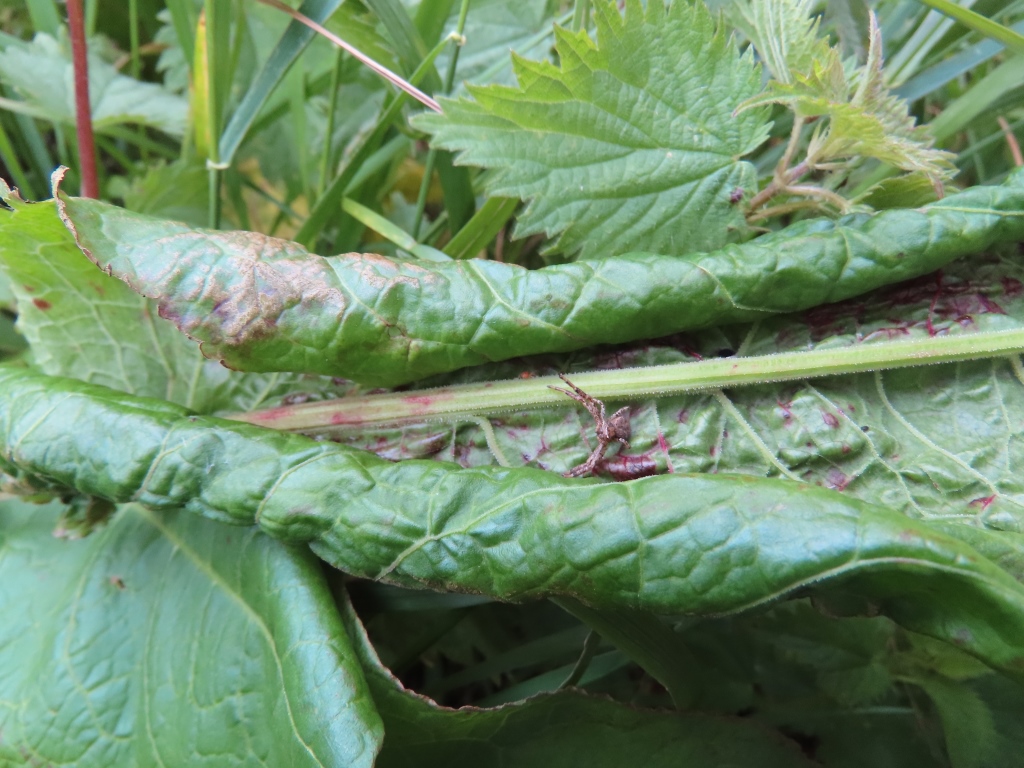
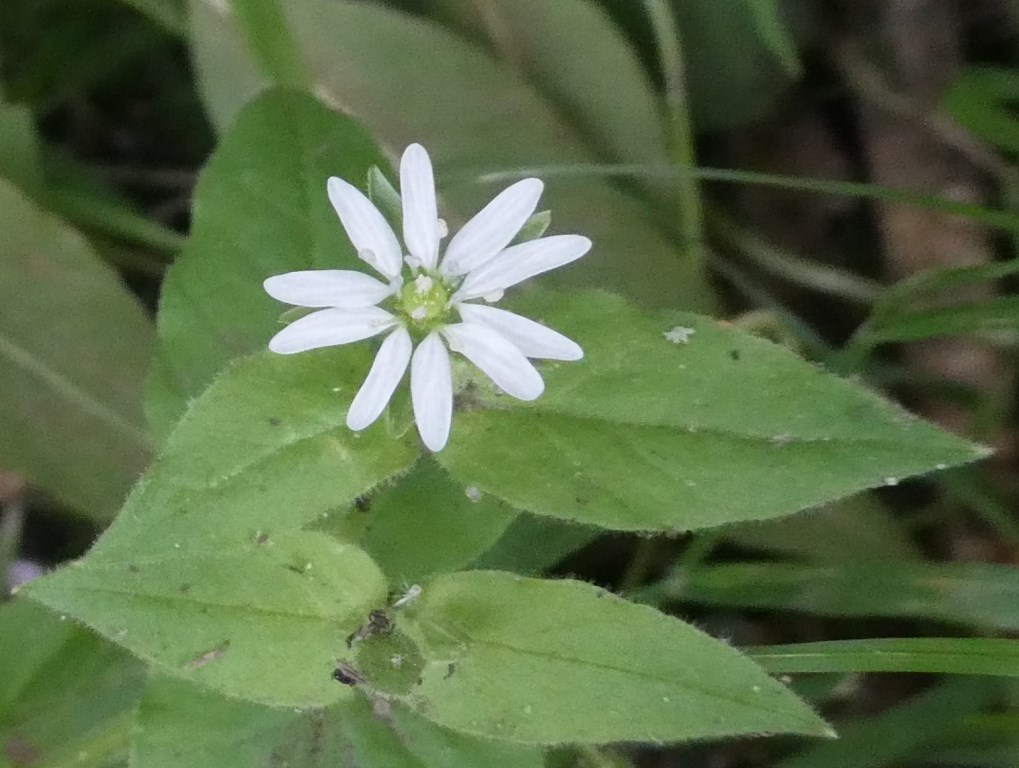
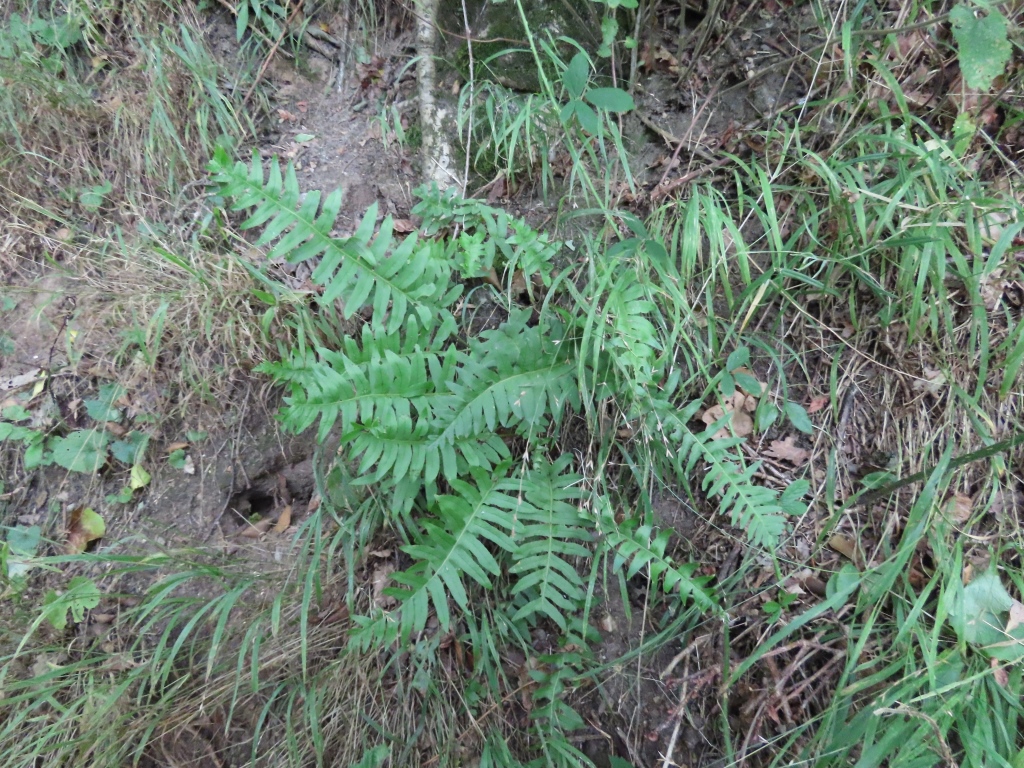
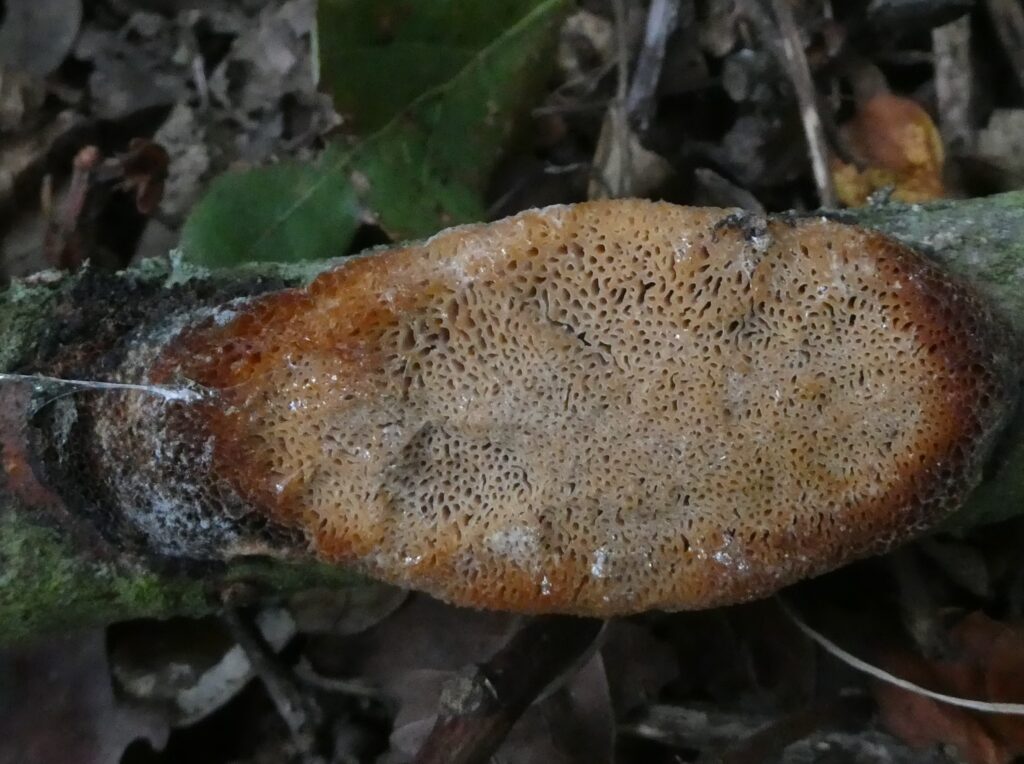
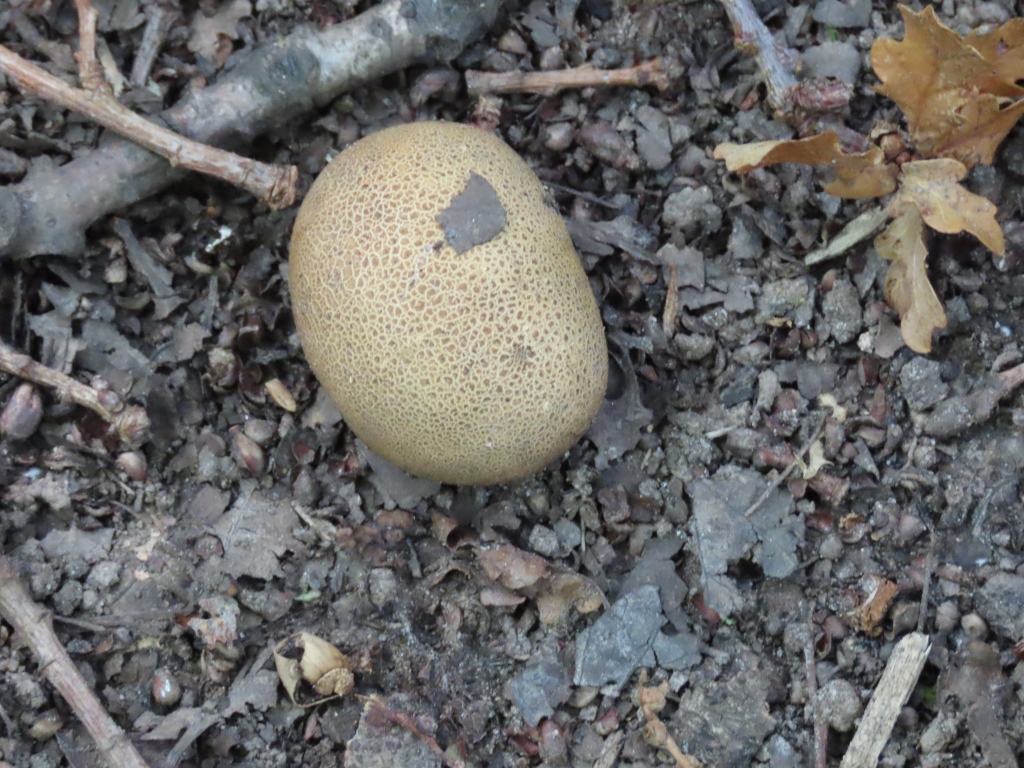
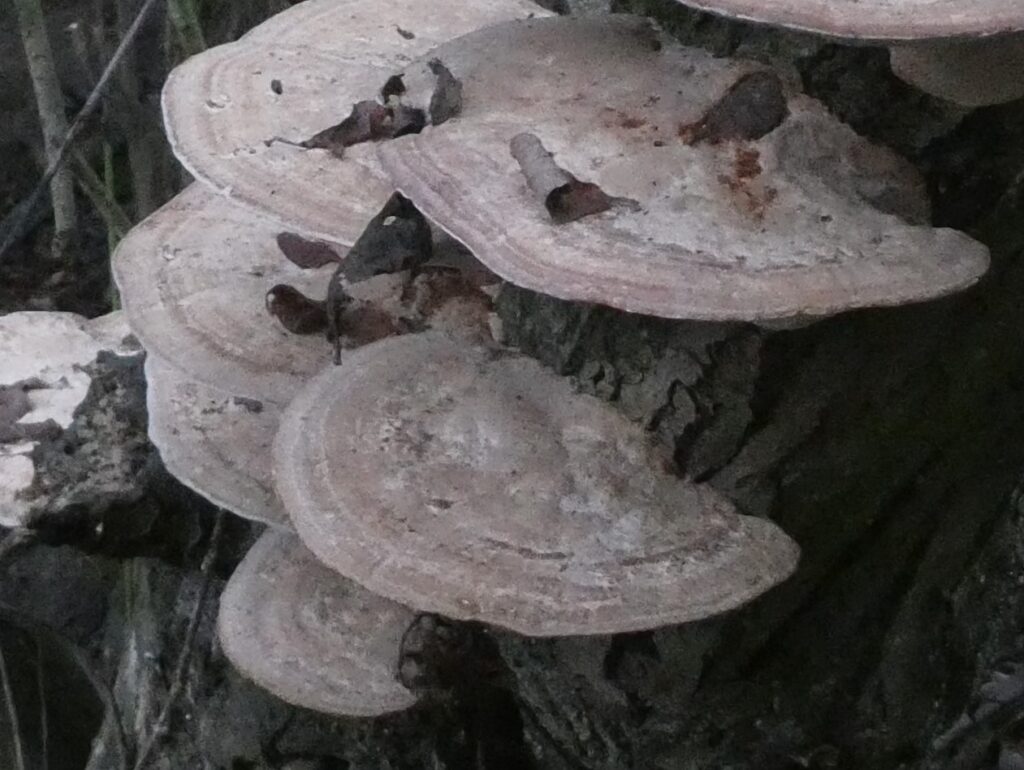
Pictures by Fiona Brown and Jim Wills
